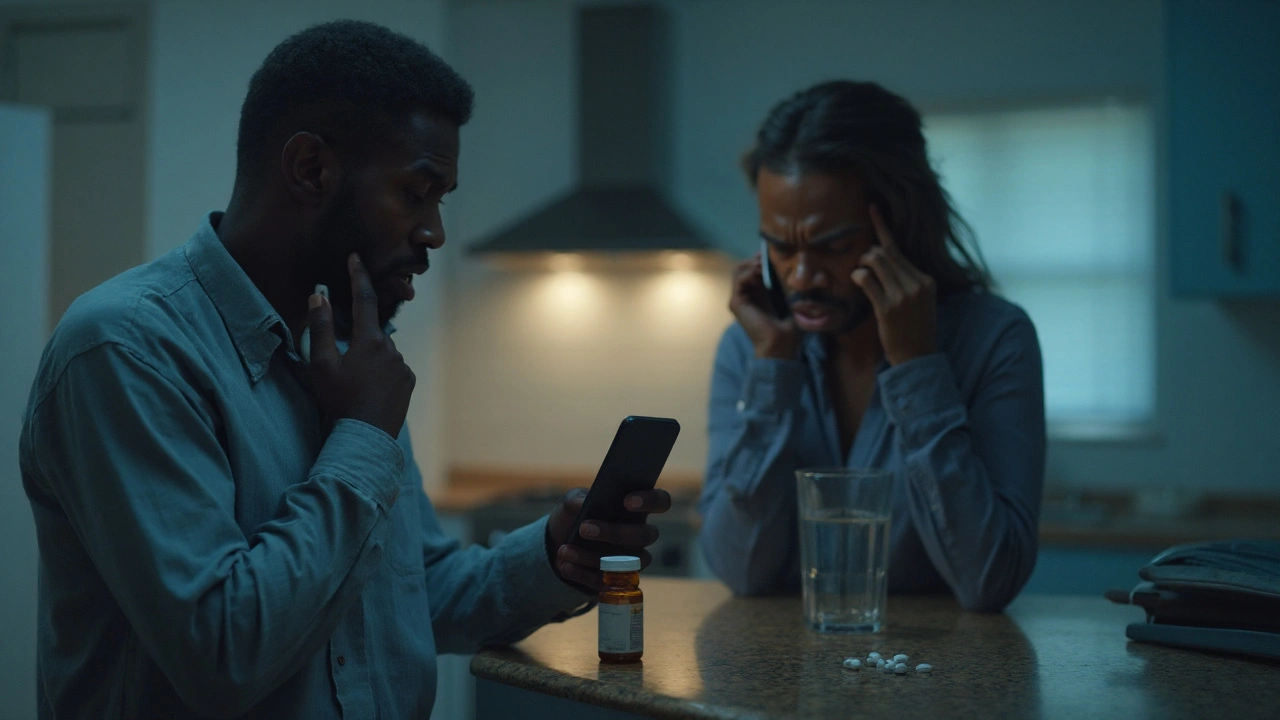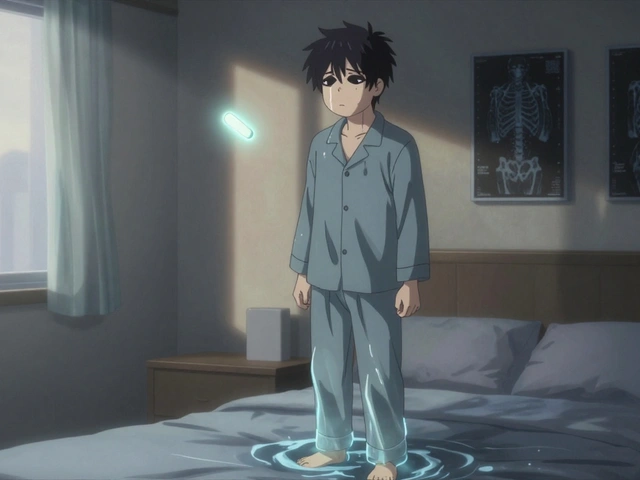Anaphylaxis Signs – What to Look For
Imagine you’re at a friend's house and someone starts coughing, their skin turns red, and they feel dizzy. That could be the start of an anaphylactic reaction, and every second counts. Knowing the signs helps you act before the situation spirals. Below we break down the key symptoms, when they turn serious, and the exact steps you should take.
Early Warning Signs
Most people first notice skin changes. Look for itching, hives, or a red rash that spreads quickly. The skin may also feel warm or swell—especially around the lips, face, or throat. A rapid or irregular heartbeat often follows, and you might feel a sudden wave of anxiety or panic.
Breathing problems show up fast. Listen for a wheezing sound, a high‑pitched cough, or a tight feeling in the chest. Some people say they can’t swallow or that their throat feels like it’s closing. If you hear a whistling noise when they breathe in, treat it as an emergency.
Gastrointestinal upset can be a clue, too. Nausea, vomiting, or stomach cramps aren’t the most obvious signs, but they appear in many reactions. The combo of stomach pain and any of the skin or breathing signs should raise an alarm.
When to Call Emergency Help
Any combination of the symptoms above means you need help right away. If the person’s face or tongue swells, they’re having trouble speaking, or they lose consciousness, dial 911 immediately. Even if you’re not sure, it’s safer to call—anaphylaxis can worsen in minutes.
While waiting for help, use an epinephrine auto‑injector if the person has one. Push it into the thigh, hold for about 10 seconds, then remove. Do not hesitate; the drug works fast and can save a life. After the injection, keep the person lying down with their legs raised unless they’re having trouble breathing, in which case sit them up slightly.
Watch for a second wave of symptoms. Sometimes, after the first reaction fades, a new set of signs appears 10 to 30 minutes later. If that happens, get another dose of epinephrine if a second auto‑injector is available, and inform the emergency team.
For kids, the signs look the same but can be harder to spot because they may not be able to describe what’s happening. Pay extra attention to sudden crying, clinging, or a change in behavior. Even a mild rash in a child who just ate a new food should be taken seriously.
Knowing these signs turns you into a first responder in everyday life. Keep an epinephrine kit at home, work, and in your bag if you or someone close to you has severe allergies. Review the steps with family members so everyone knows what to do.
Bottom line: skin changes, breathing trouble, and gastrointestinal upset together signal anaphylaxis. Act fast, use epinephrine, and call emergency services. The quicker you respond, the better the outcome for the person experiencing the reaction.

Allergic Reaction to Lisinopril‑HCTZ: What to Do Now and Stay Safe
Worried about a reaction to Lisinopril‑HCTZ? Learn urgent steps, what counts as an emergency, how to prevent it again, and what to ask your doctor next.




